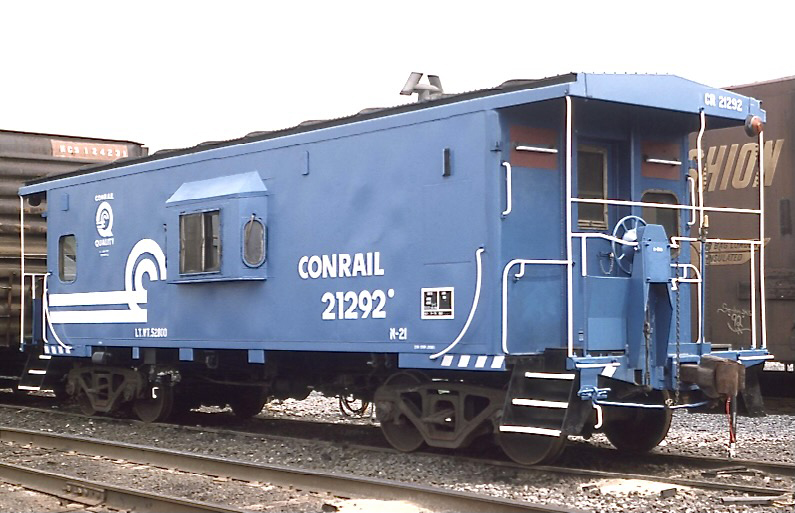
MIDDLETOWN, Pa. — The Conrail Historical Society has orchestrated a trade of two Conrail cabooses to ensure the preservation of both, the organization has announced. The society has traded former N-20 class wide-vision caboose No. 22130, which it previously owned, to the Garbely Publishing Co. for its former N-21 class bay window caboose No. 21292. […]
Read More…
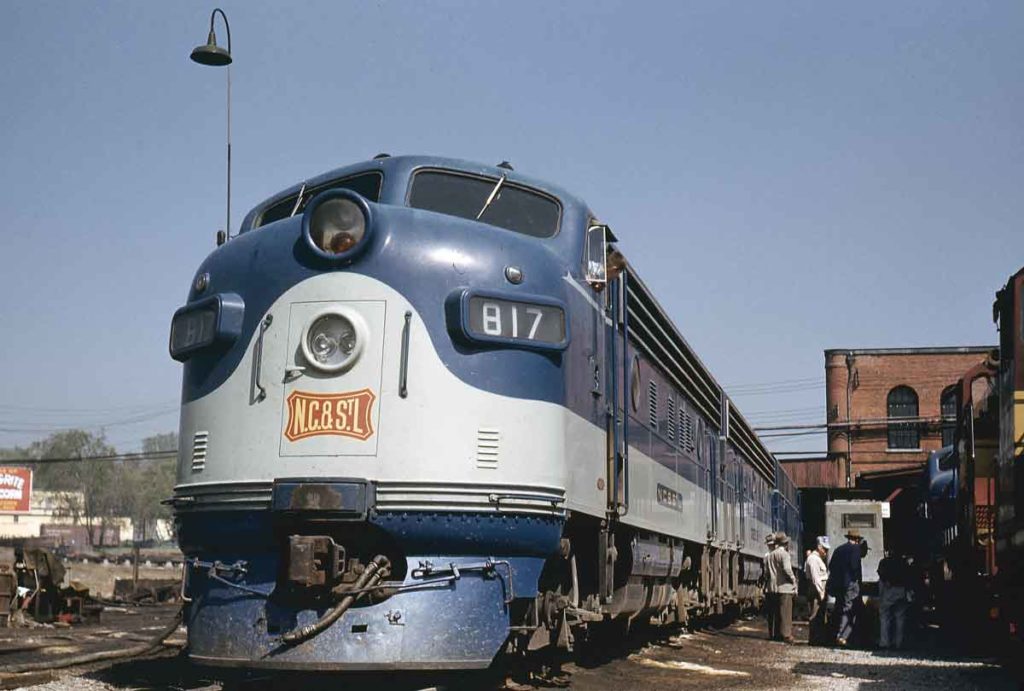
Nashville, Chattanooga & St. Louis considered its 52 F3 and F7 units (32 cabs, 20 boosters) to be dual service locomotives, although only the B units had steam generators. Linn H. Westcott photo […]
Read More…
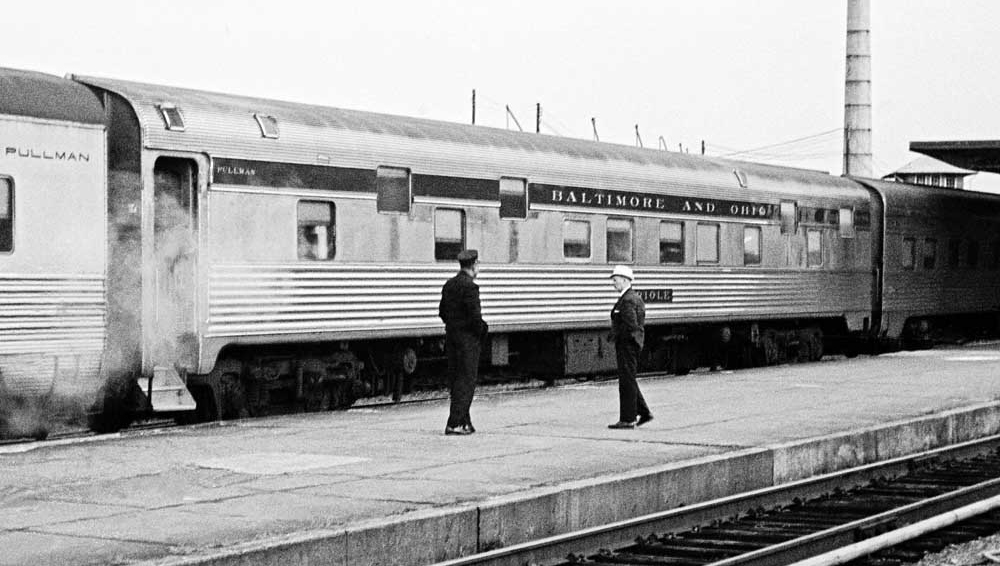
Budd Slumbercoaches were born of a desire to serve budget-conscious leisure travelers in the mid-20th century. As economic conditions improved during the 1920s and more people could afford to travel, there was demand for a less costly but more comfortable means of travel, particularly for the long-haul routes between Midwest and West Coast […]
Read More…
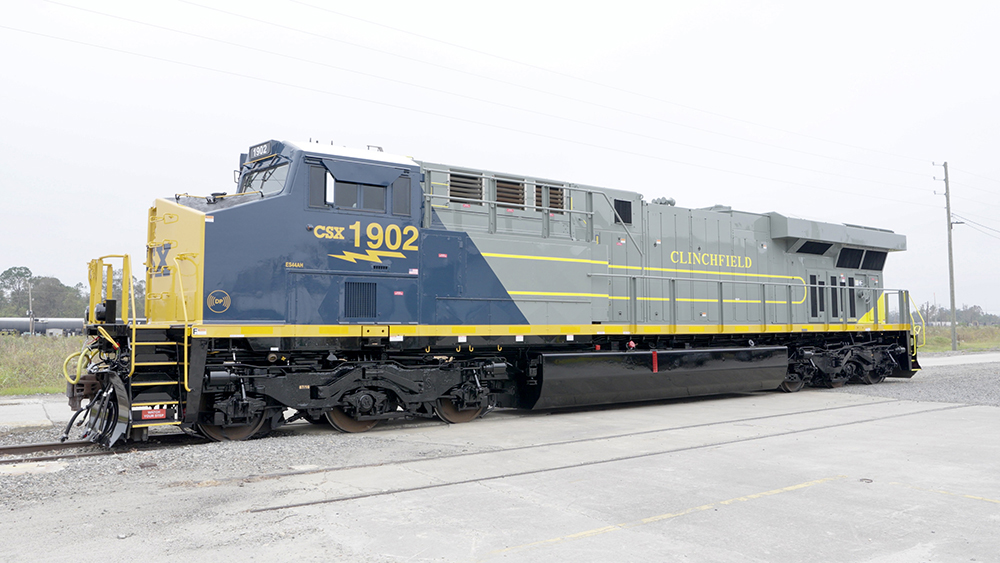
ERWIN, Tenn. — Not only will CSX Transportation continues its tradition with the 82nd running of the Clinchfield Santa Train on Saturday, Nov. 23, the railroad is also operating a separate christmas-light-decorated holiday train that will visit Erwin, Tenn., on Thursday, Nov. 21 — two days before the Santa Train. In social media posts today […]
Read More…
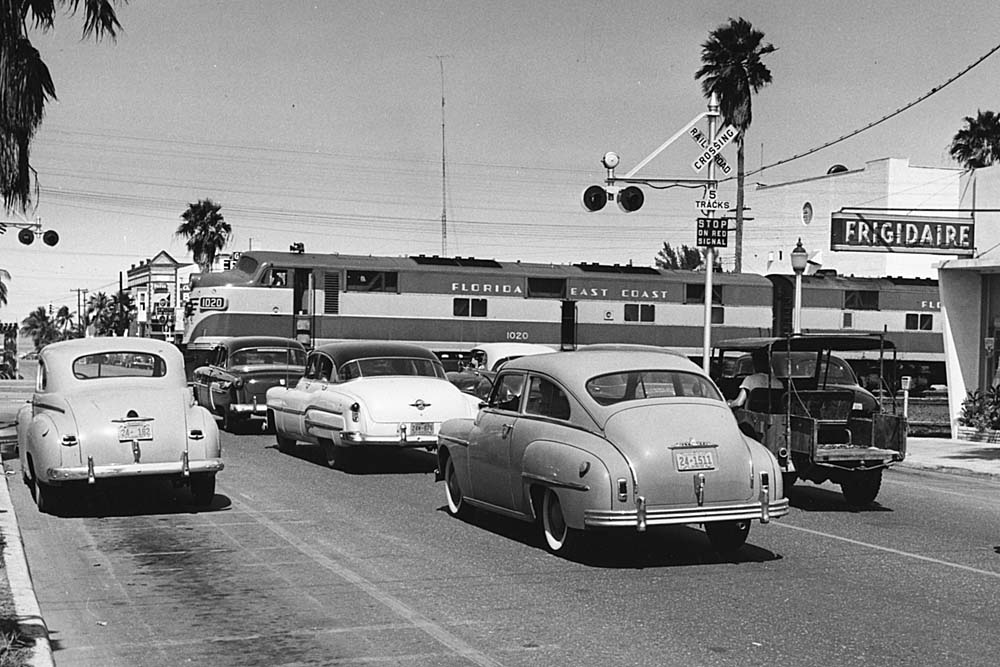
When I fell into the mileage hobby more than 35 years ago, I was late to the game but ambitious to mark up as much of my Rand McNally Handy Railroad Atlas as possible. This was around 1987, when my boss, J. David Ingles, inspired me to keep track of everything I rode, something I […]
Read More…
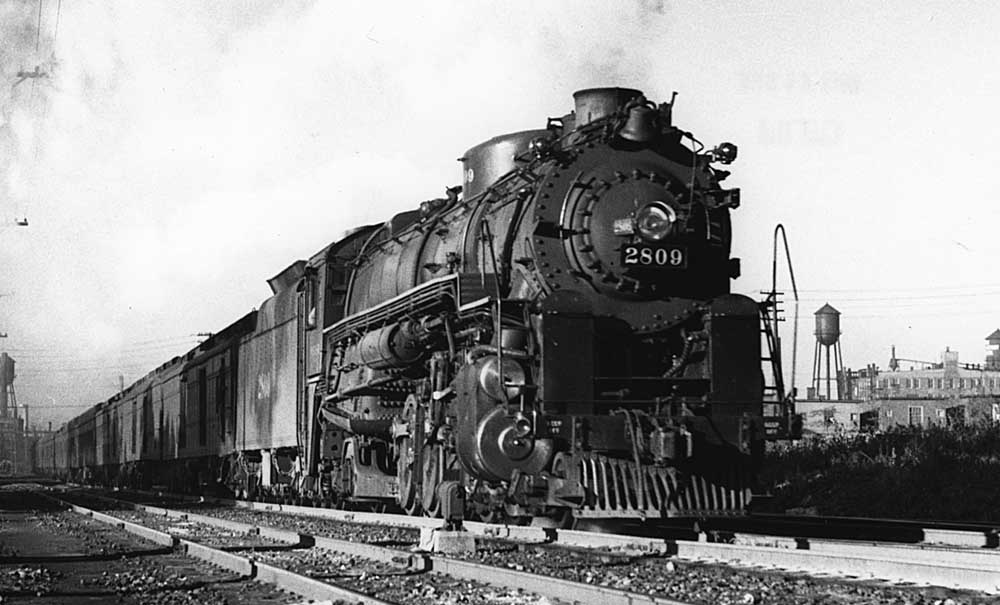
Few, if any railroads, duplicated what the Wabash Railroad did in 1930 and ’31 when it ordered 50 big locomotives from the Baldwin Locomotive Co., split half and half between the tried-and-true 4-8-2 wheel Mountain type and the still relatively new 4-8-4 Northern. It was a remarkable decision, given the slight differences between the […]
Read More…
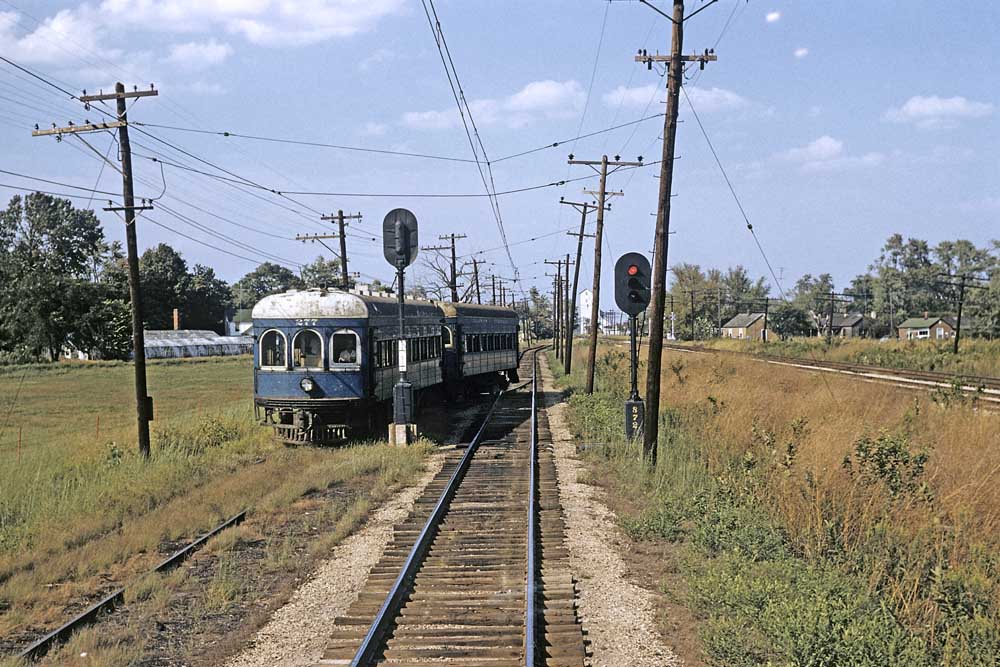
The Illinois Terminal Railroad might be one of the most misunderstood Class 1 railroads of the 20th century. If you think “the I.T.,” as most called it, was just a creaky electric interurban that gave up on passengers and got some diesels to haul freight to a few customers, think again. Illinois Terminal was […]
Read More…
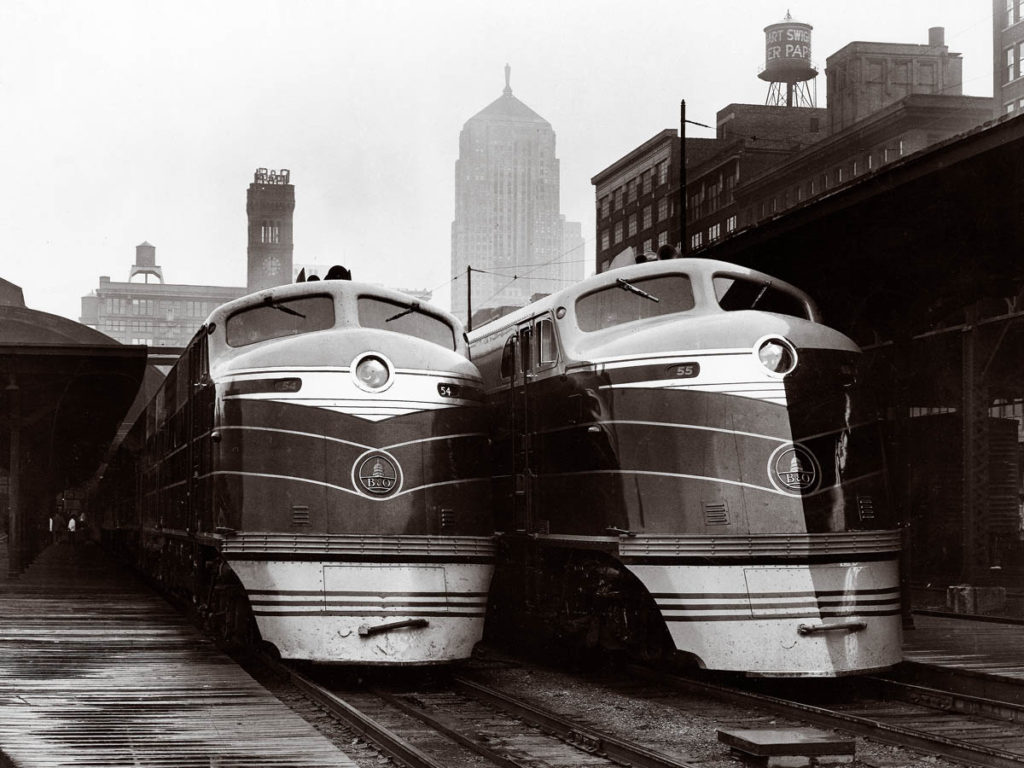
The Baltimore & Ohio dieselized its named passenger trains with six sets of Electro-Motive EA-EB passenger diesels in 1937–38. Here, two of the sets rest in Chicago between runs. Baltimore & Ohio photo […]
Read More…
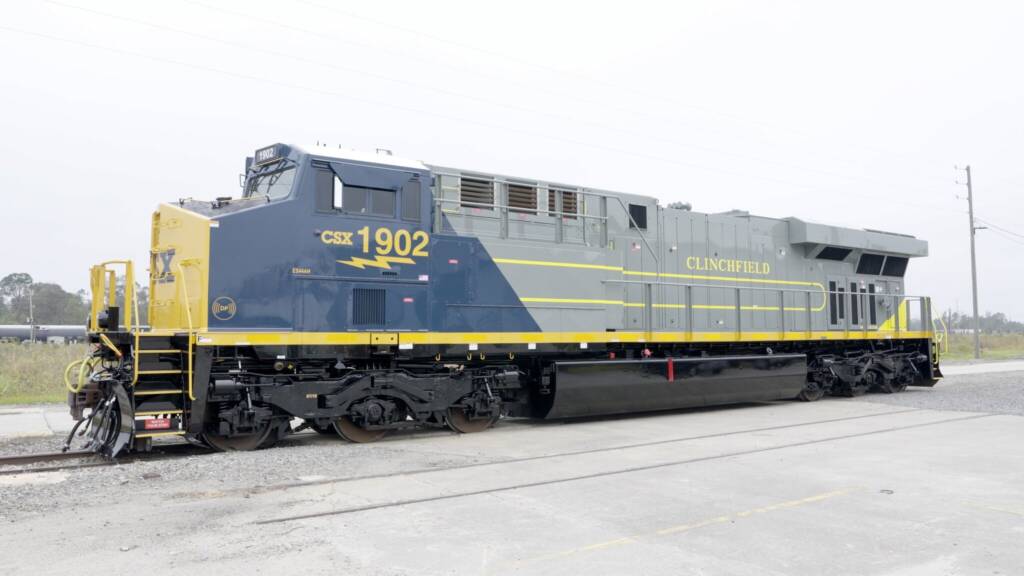
JACKSONVILLE, Fla. — The 20th heritage locomotive in the CSX fleet is ES44AH No. 1902, a tribute to predecessor and Appalachian coal-hauler Clinchfield. CEO Joe Hinrichs unveiled the locomotive today in a post on LinkedIn, as has been customary. “Here is our 20th CSX Heritage Locomotive celebrating the Clinchfield Railroad. The Clinchfield Railroad was set […]
Read More…
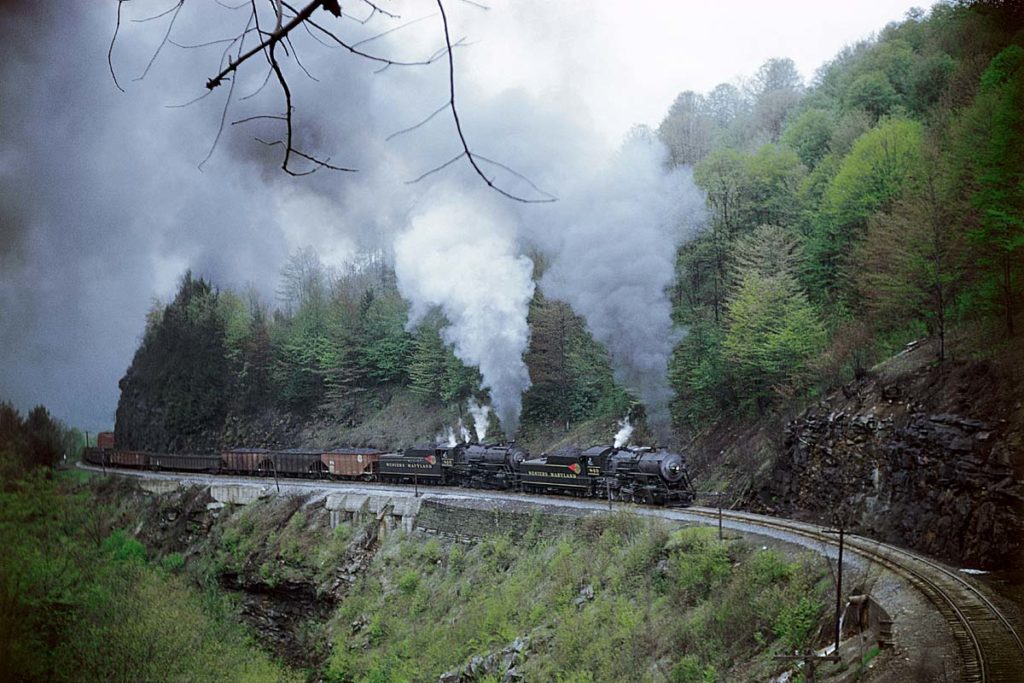
The first two of seven Western Maryland 2-8-0s lift a 78-car eastbound train up the twisting grade through Black Fork Gorge toward Thomas, W.Va., on May 16, 1952. Edward Theisinger photo […]
Read More…
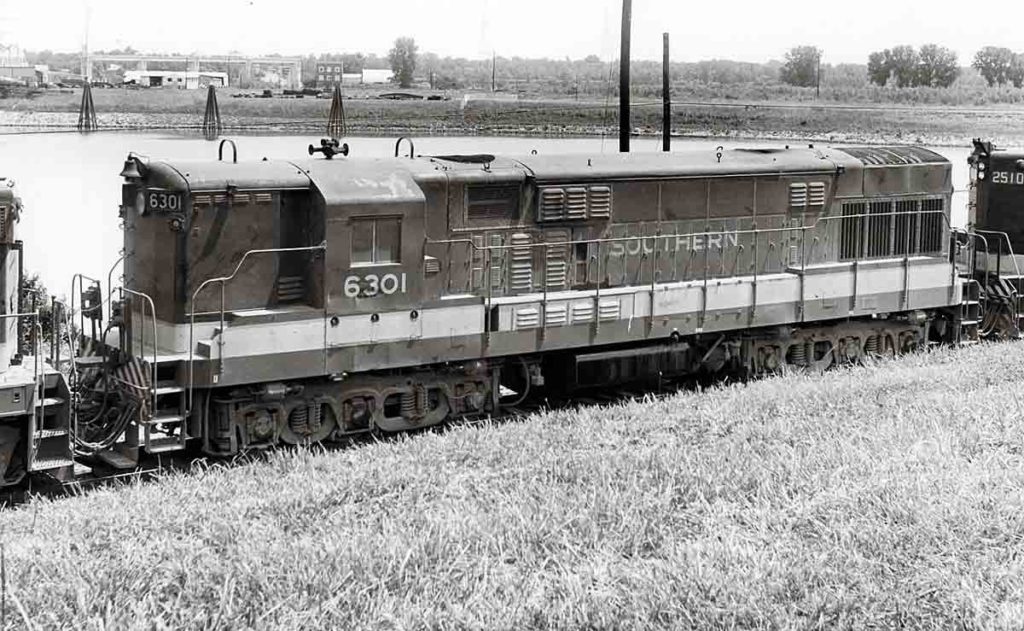
Fairbanks-Morse H-24-66, dubbed the Train Master, was known for its substantial carbody. At 2,400 hp, the Train Master was the highest-horsepower road switcher on the market when introduced in 1953. No. 6301 was one of five Train Masters rostered by the Southern Railway. Ken Douglas photo […]
Read More…
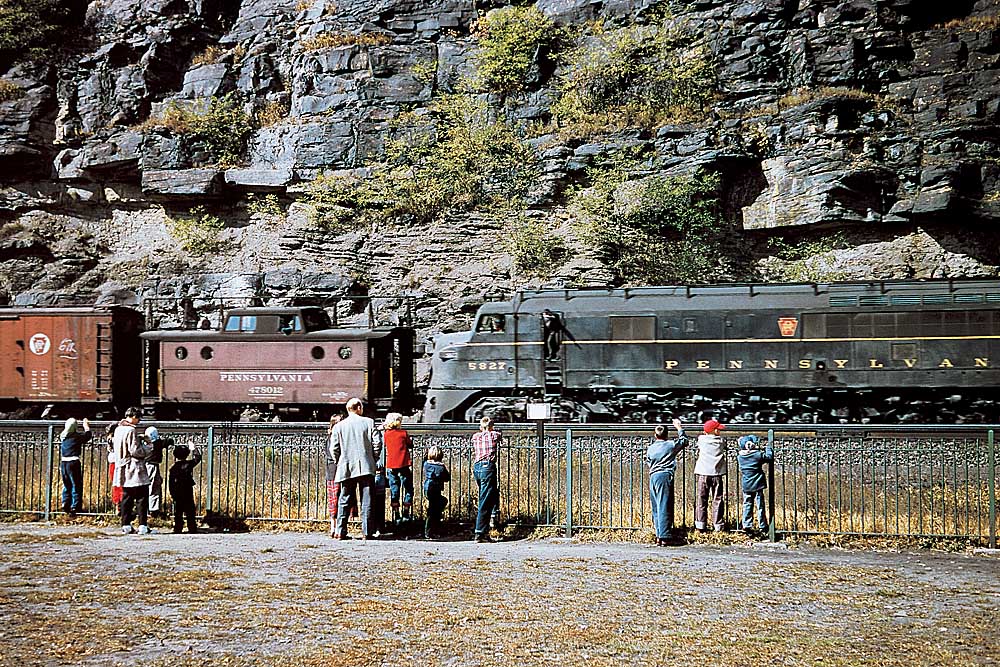
Mention the name, “horseshoe curve,” and your mind will immediately think of the World Famous Horseshoe Curve nestled deep in the Allegheny Mountains west of Altoona, Penn. That shouldn’t be a surprise considering this landmark’s history and engineering marvel that’s been attracting visitors for 170 years, ranging from the curious to the most enthusiastic. […]
Read More…












